What can the mole say about poetry? Keep eyes open, especially when squinting into the sun.
To the llama, poetry is spitting; to the lama, poetry is prostration.
To the lumberjack, poetry is log splitting; to the crybaby, poetry is quitting.
The tantric mistress & master know that poetry is orgasmic, and poetry is a tremor.
When a buck with fuzzy brown antlers ambles out of a garden and steps on a policeman’s boot, he is walking poetry as he understands it.
The clown makes up to be the essence of poetry
Even though he is wrong, terribly wrong.
The programmer’s head whirs with poetry,
And so do tops & sprinklers.
The old gray women & old gray men of Ashland
Are only as intelligent as their poems.
Don’t be run over more than once by the same person—
That’s a kind of poetry intelligence;
Don’t believe you can buy someone’s love is another kind.
What, if any, are the benefits of applying the gender intelligence model to poetry?
Risking a nugatory observation, the M.F.A. grad student imagines a degree will open golden doors onto the inner sanctum of the chosen choir.
“You have to do something that gets you into the room,” a well-known literary figure said to me. He was talking about his book that had gotten him into the room, and a new book by another poet that presumably was accomplishing the same thing for its author. “You don’t exist if you’re not in the room.”
Yet, almost all of the poets and writers I know, and I suspect thousands of poets and writers everywhere, are not in the room. Somehow, they live, they thrive, they write.
What about the rooms inside the room, the rooms outside the room?
“Human nature,” said Virginia Woolf, “when set upon a throne seems unable to sustain the enormous enlargement.”
*
If you can, please support a new book by poet & scholar Tim Hunt:
TICKET STUBS & LINER NOTES
(Winner of the 2018 Main Street Rag Poetry Book Award): available for advance sale (40% off list price):
Comments about Ticket Stubs & Liner Notes:
· a “marvelous book” that’s “a soundtrack to the dawn of the present day” and “a vocabulary essential to our understanding” (David Kirby);
· “mesmerizing” poems that are “not only about music; they create it!” (Wendy Barker);
· “an American soundtrack” that “aligns Whitman’s freedom with Wolfman Jack’s” (David Rigsbee).
Show your inner jukebox some love! Order your copy today.
& please consider purchasing for yourself or sharing a copy with someone of my Poetry as Spiritual Practice. https://www.amazon.com/Poetry-Spiritual-Practice-Aspirations-Intentions/dp/141656652X/ref=asap_bc?ie=UTF8

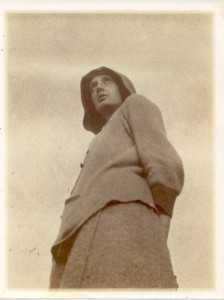



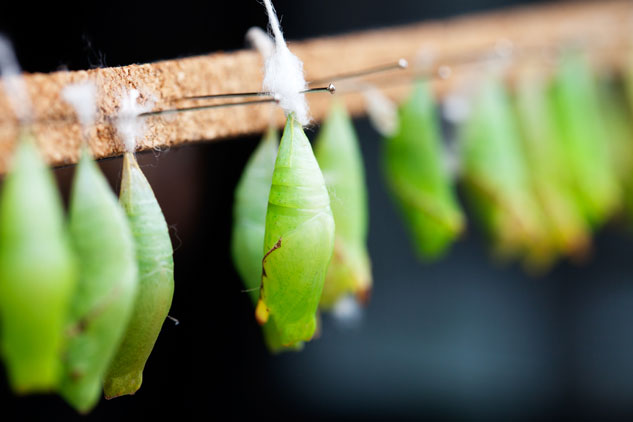

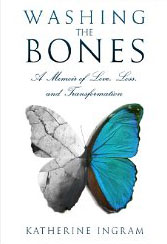
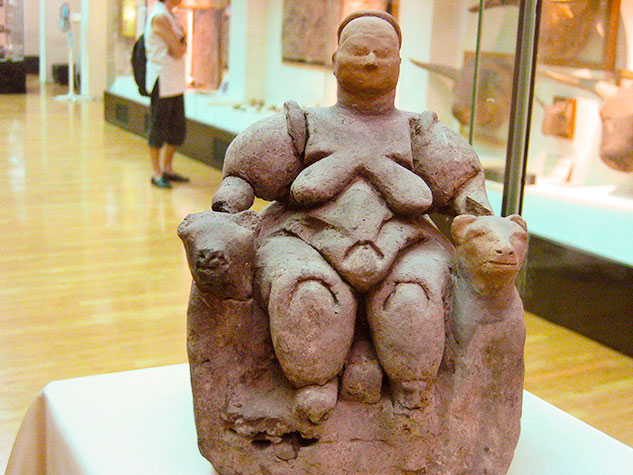
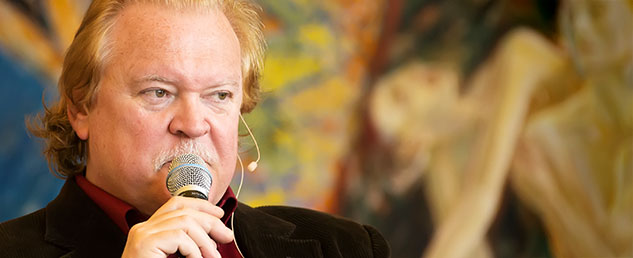
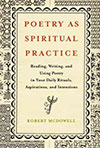
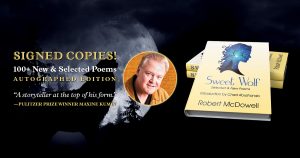
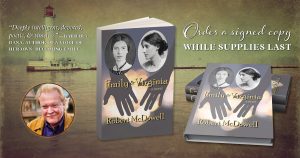
 Sign up below to receive the full-length video of Robert’s engaging dialogue with
Sign up below to receive the full-length video of Robert’s engaging dialogue with 